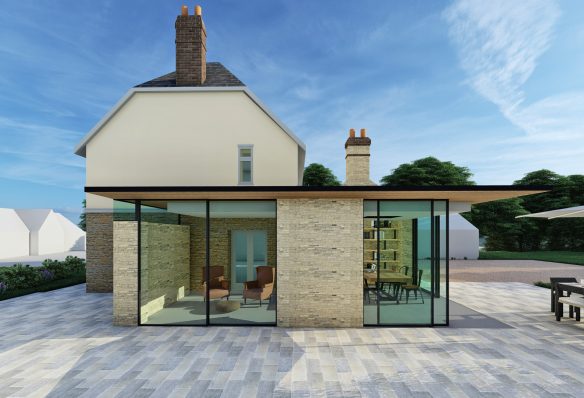
Conservation Architect Phil Easton, offers his expertise on Listed Buildings…
Published Date: June 2023
What is a Listed Building?
Listed buildings, structures or sites are those judged to be of importance for their architectural merit or historical significance. They are protected by law, so they can be safeguarded for future generations.
The age of a structure often dictates whether it should be listed. Generally, all buildings built before 1700 and most building between 1700 and 1850, which survive in a likeness to their original condition, will probably be listed. Some exceptional buildings from the period after 1945 are included on the list. Buildings less than 30 years old are not normally considered to be of special architectural or historic interest because they have yet to stand the test of time.
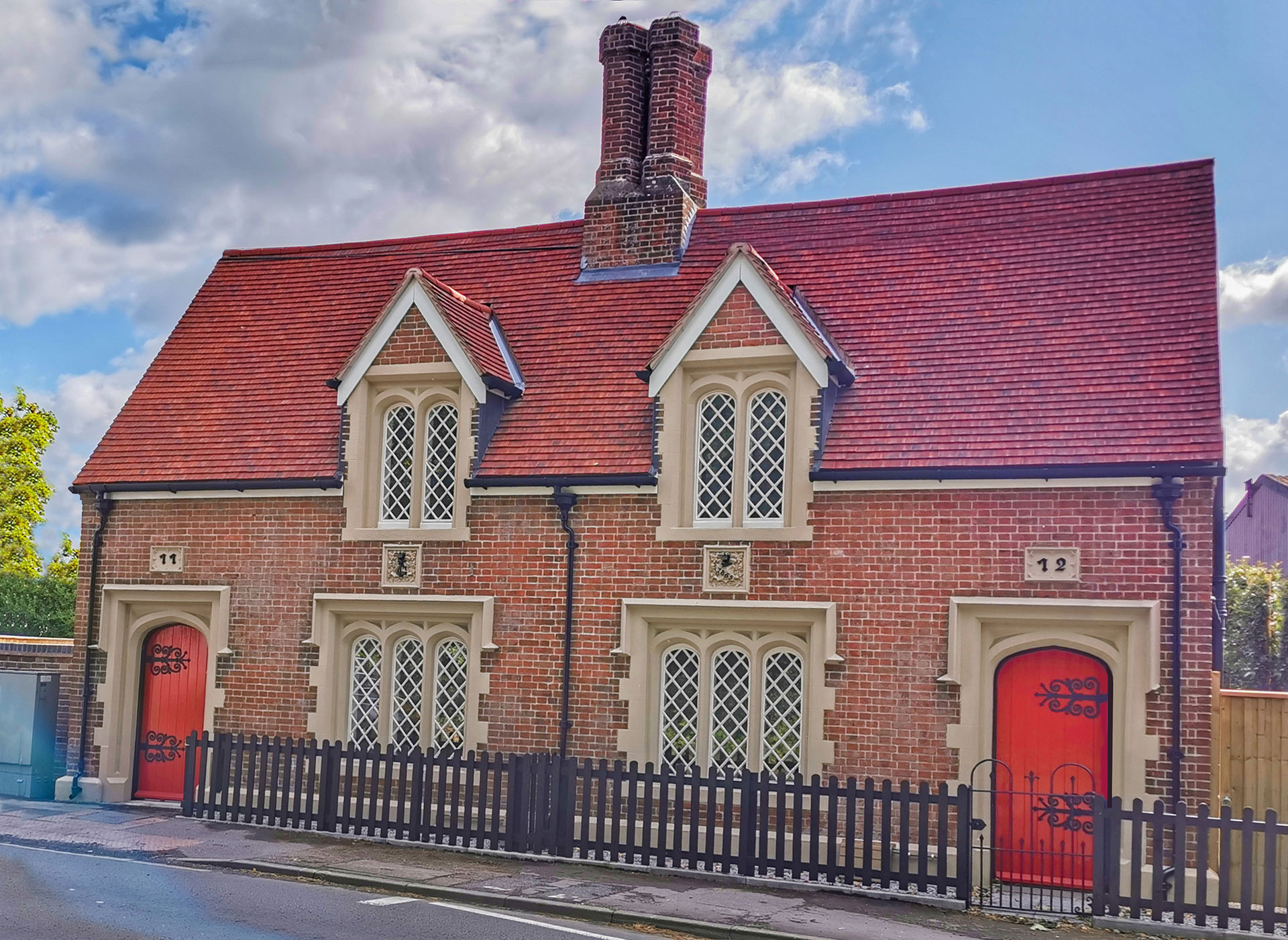
Listed buildings appear on The National Heritage List for England (NHLE) – a register for all national protected building and sites across England. The decision to list a building lies with the Secretary of State for Culture, Media and Sport as advised by English Heritage who evaluate the application. In Wales, the same role is performed by CADW.
Group Listings
Buildings can sometimes be listed which are themselves not of any great historical architectural merit, but which form part of a group of interesting buildings in a street scene. This is particularly true of historic towns and villages, where listing such a building preserves the feel of the street. The purpose of a group listing is to prevent an unlisted building from being altered or extended in a way which would harm the visual harmony of the entire composition. These groups of interesting or historic buildings are usually but not always in Conservation Areas. This affords an additional layer of protection in planning law.
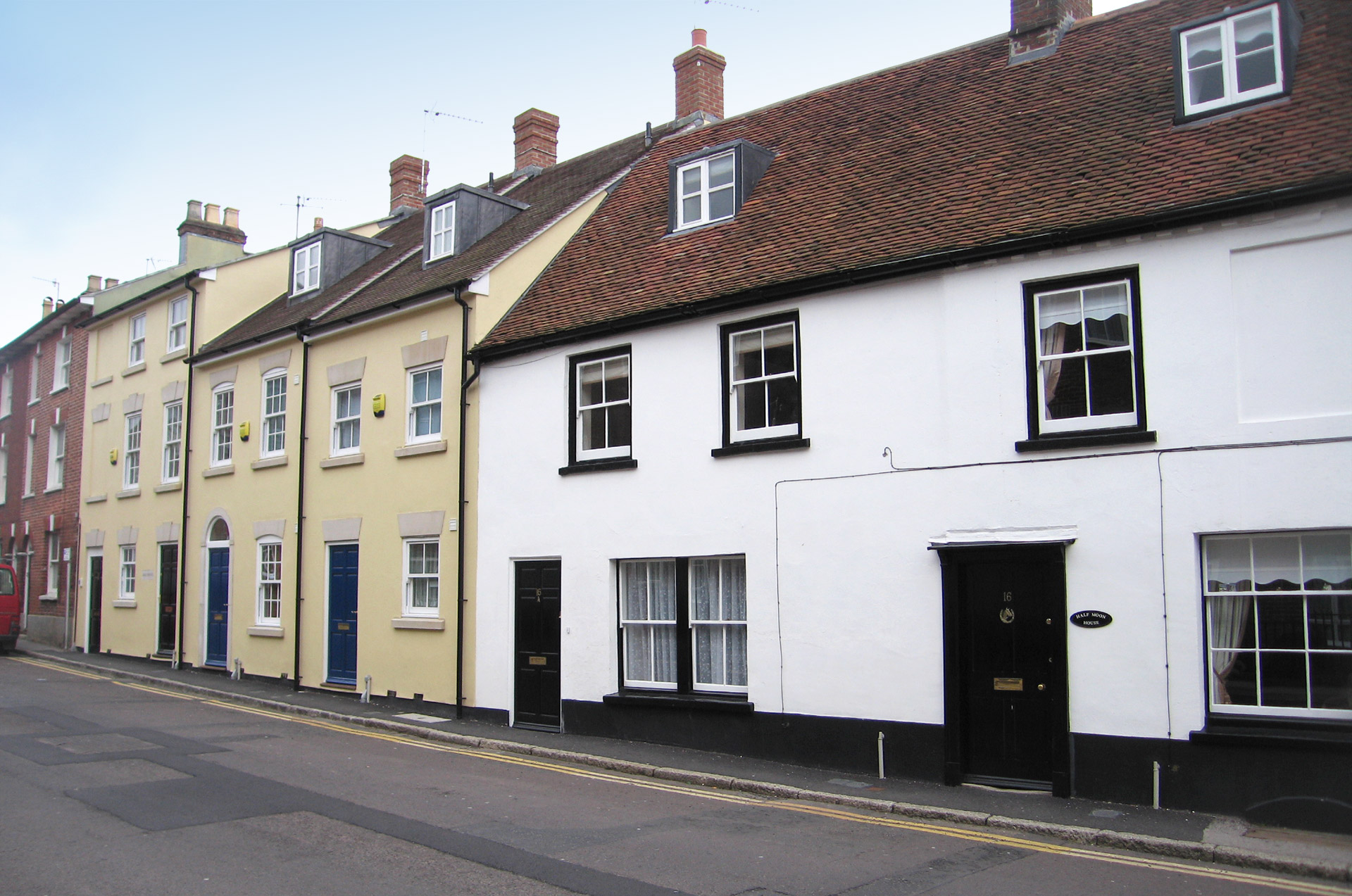
There are three classifications for listed buildings:
What is a Grade I Listed Building?
The highest classification for buildings, these are of exceptional national or international historic importance with around 2.5% of listed buildings being Grade I. Examples include Cathedrals, Castles and Palaces.
What is a Grade II* Listed Building?
These are ‘particularly important buildings’ of more than special interest. 5.8% of listed buildings are Grade II*. Poole Guildhall, Bridport Museum and Edmondsham House are good local examples in Dorset.
What is a Grade II Listed Building?
This is the lowest classification of significance for buildings or structures of ‘special interest’ across a range of styles, ages and locations. Most listed buildings are likely to be Grade II as these make up around 92% of all listed buildings according to Historic England. Thatched cottages, coaching inns, town halls and manor houses are typical examples of Grade II listed buildings.
Grade I - Blandford Corn Exchange
Grade II* - 10 Castle Street, Cranborne
Grade II - Thatched Cottage, Milton Abbas
What is included in the listing?
Regardless of the listing grade, it is important to remember that everything attached to the building including boundary walls, and within the curtilage (constructed before 1st July 1948) may also be listed, and Listed Building Consent will need to be obtained for any alteration or work to the building or surrounding structures.
The curtilage of a listed building can vary depending on its nature, and there is guidance available from Historic England on (for example) whether or not barns in farmyards close to historic farmhouses are listed. These buildings may themselves not be of any historic interest, but can nevertheless be listed by virtue of their age or location.
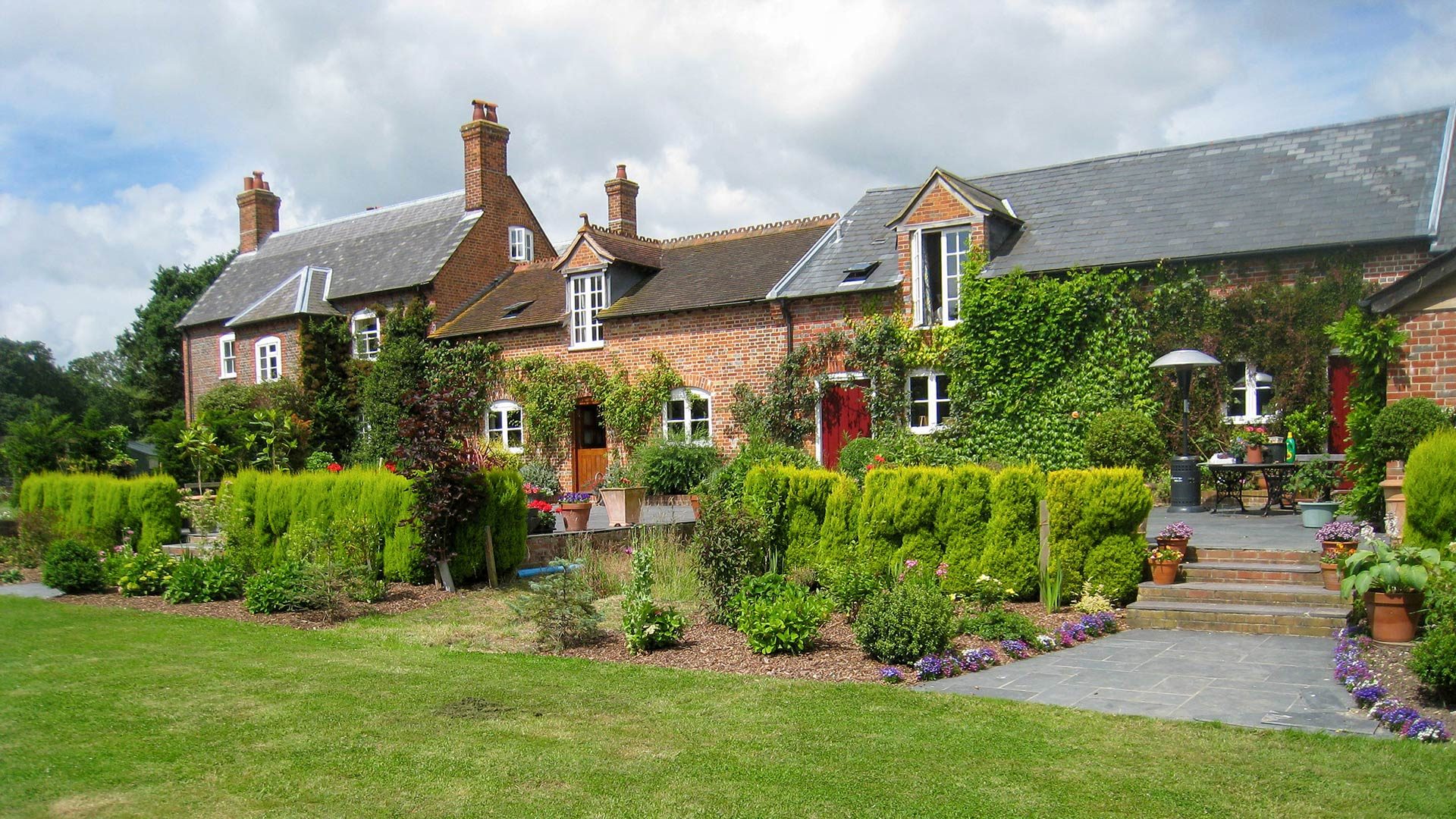
Listed but not buildings
There are many examples of listed structures which are not buildings. This applies particularly to historic walls, bridges, even World War II concrete tank traps.
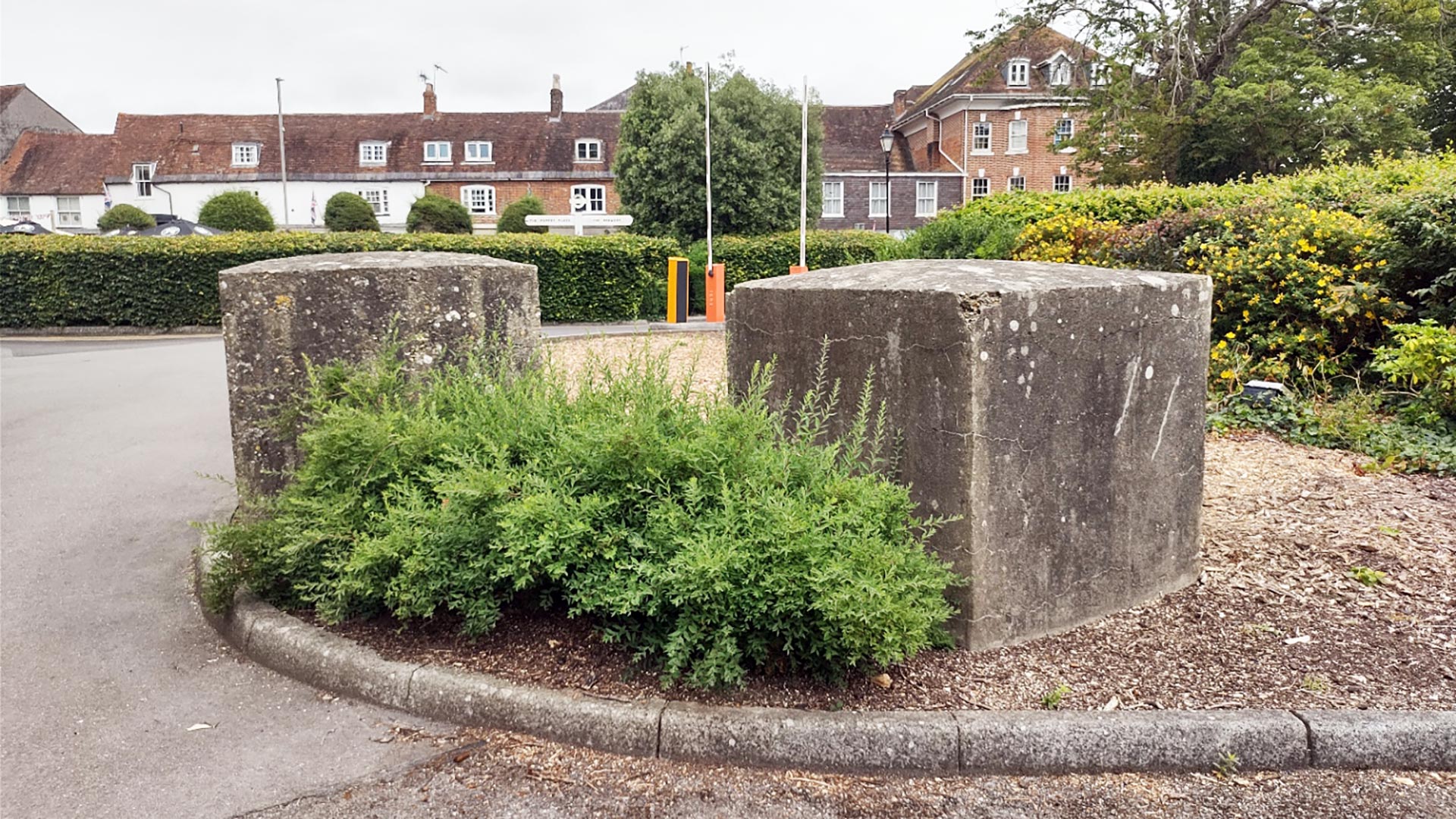
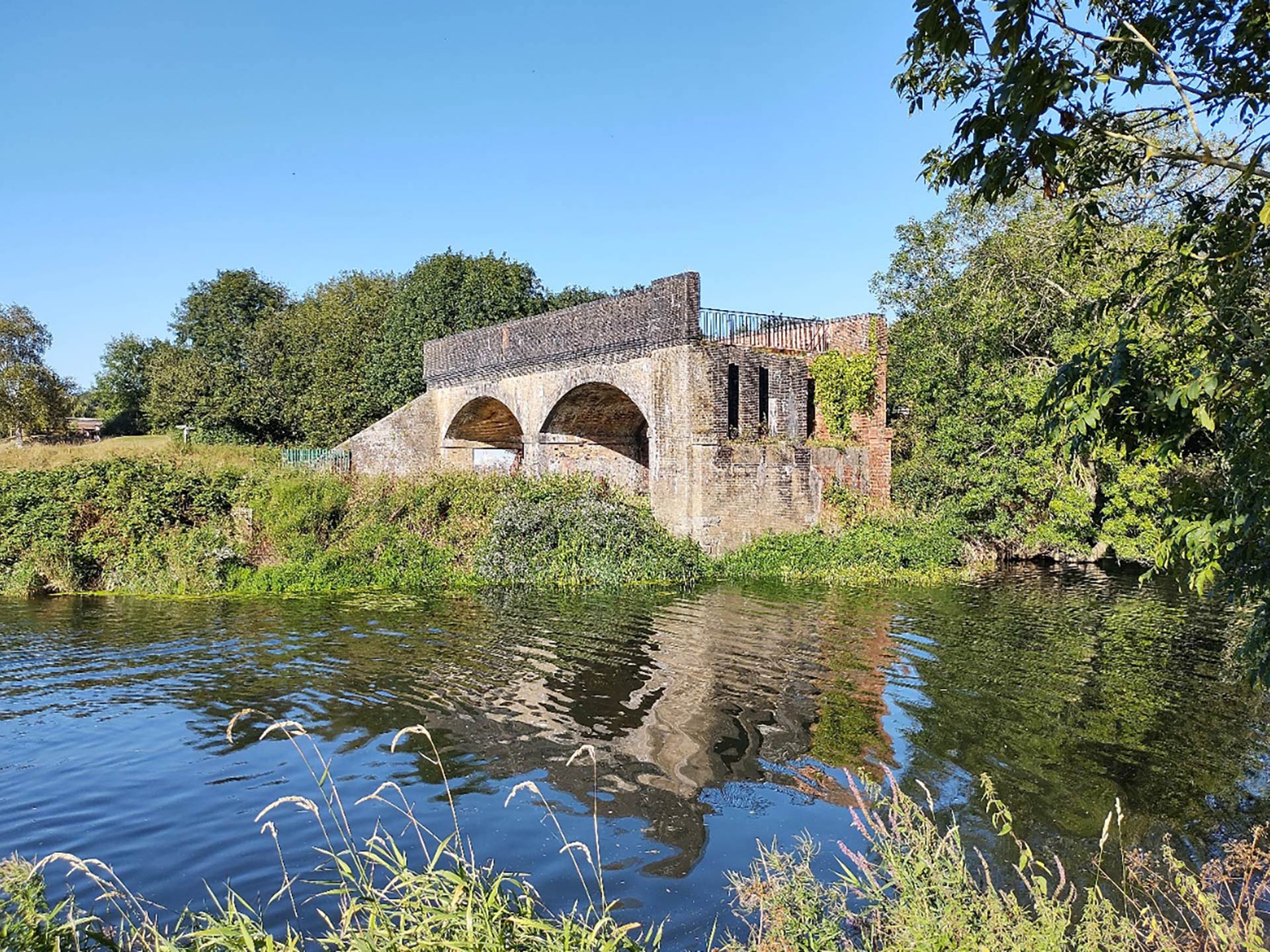
Locally Listed
Just to add confusion, there are buildings of historic interest which are not nationally listed, but which individual local authorities identify as ‘locally listed’ or ‘non designated heritage assets’. If you wish to demolish or alter/extend one of these buildings, you may fall foul of local plan policies which protect these buildings, this can make obtaining planning approval difficult.
Historic but not Listed
There are many buildings which are worth saving which are not locally listed or even undesignated heritage assets. Yet these buildings are historically important in their own right and worthy of saving. Examples would be of a building type which was once common but is now rarely seen such as an old prefab house from the 1940s or even prefabricated Woolaway bungalows, once found on many farms, but fast disappearing because they are no longer structurally or environmentally sound.
WDA converted this WW1 army hut, a perfect example of a building not worthy of listing but having considerable local historic significance.
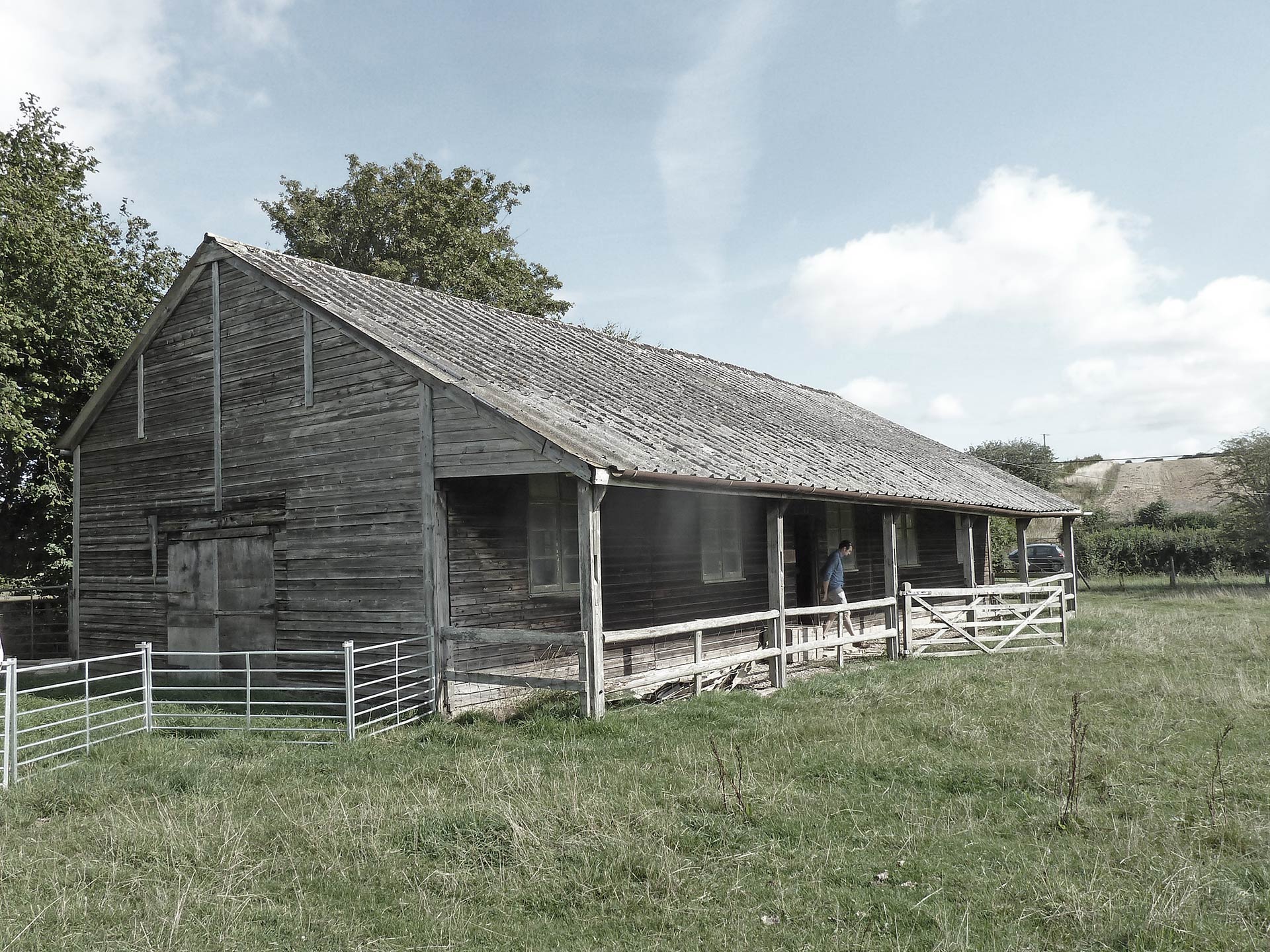
Owners be careful
Owners should be aware that it is a criminal offence to make a material alteration to the structure of a listed building without Listed Building Consent.
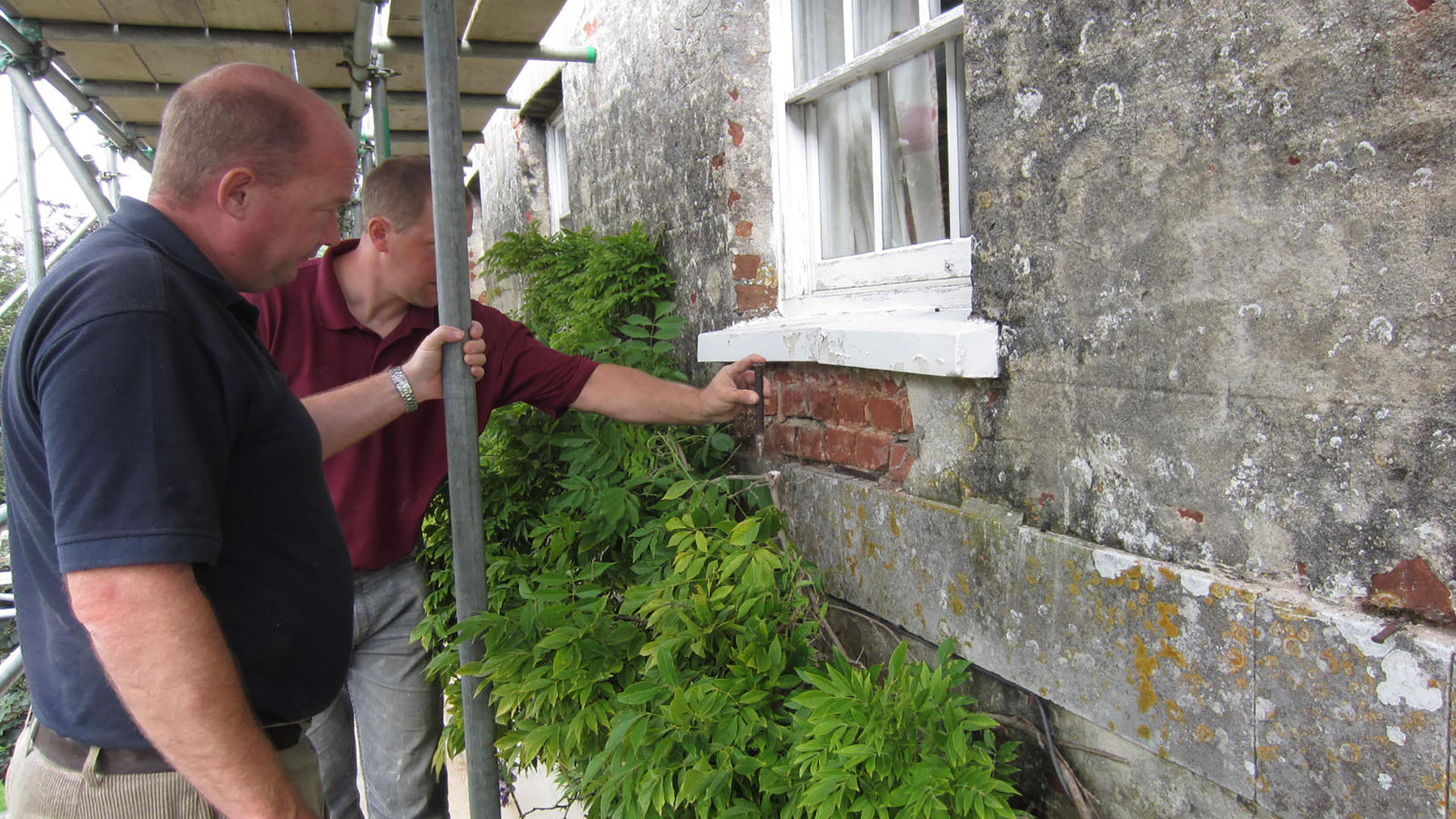
If in doubt, owners should take professional advice from a historic building specialist such as Western Design Architects, before carrying out any work to old buildings or structures.
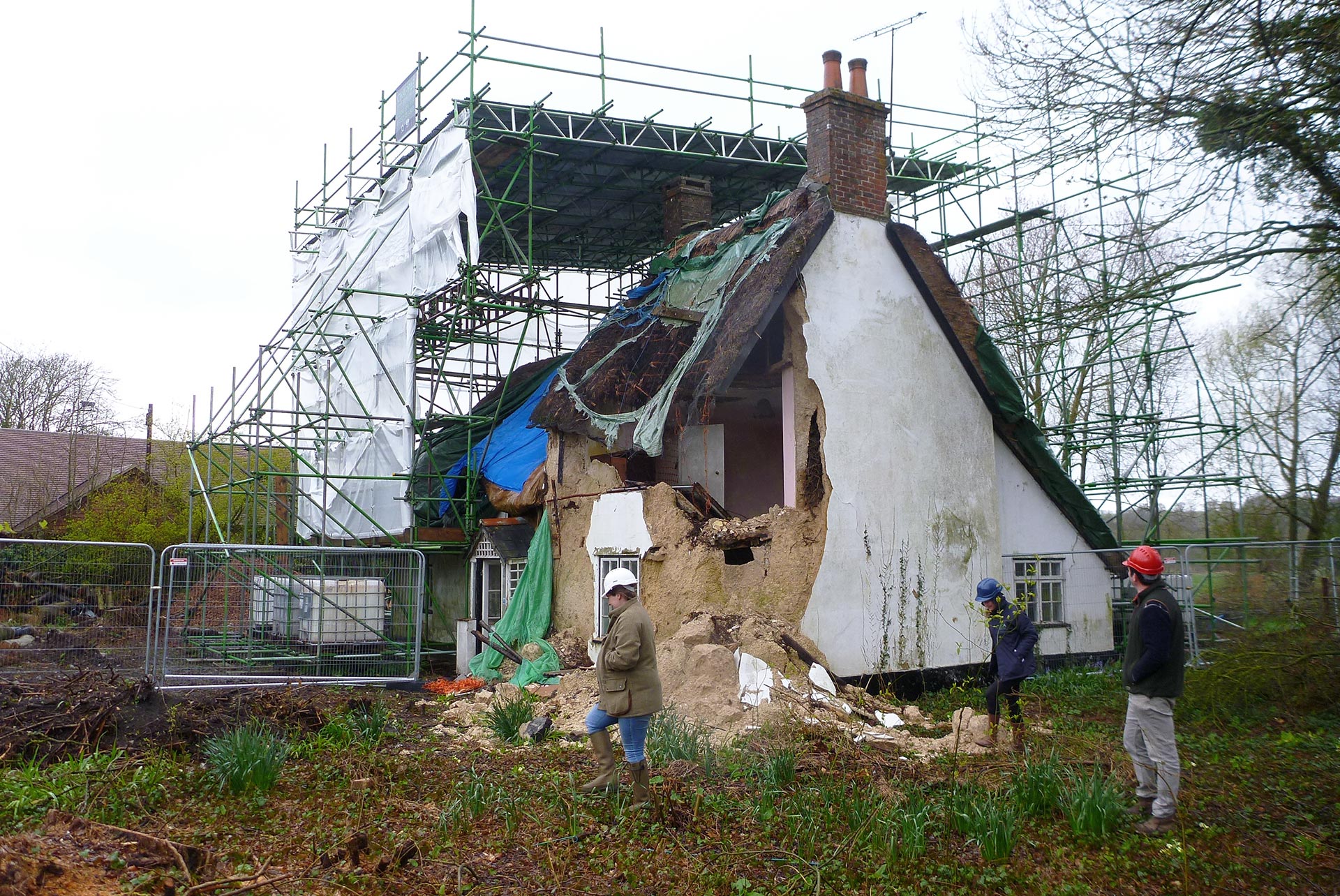
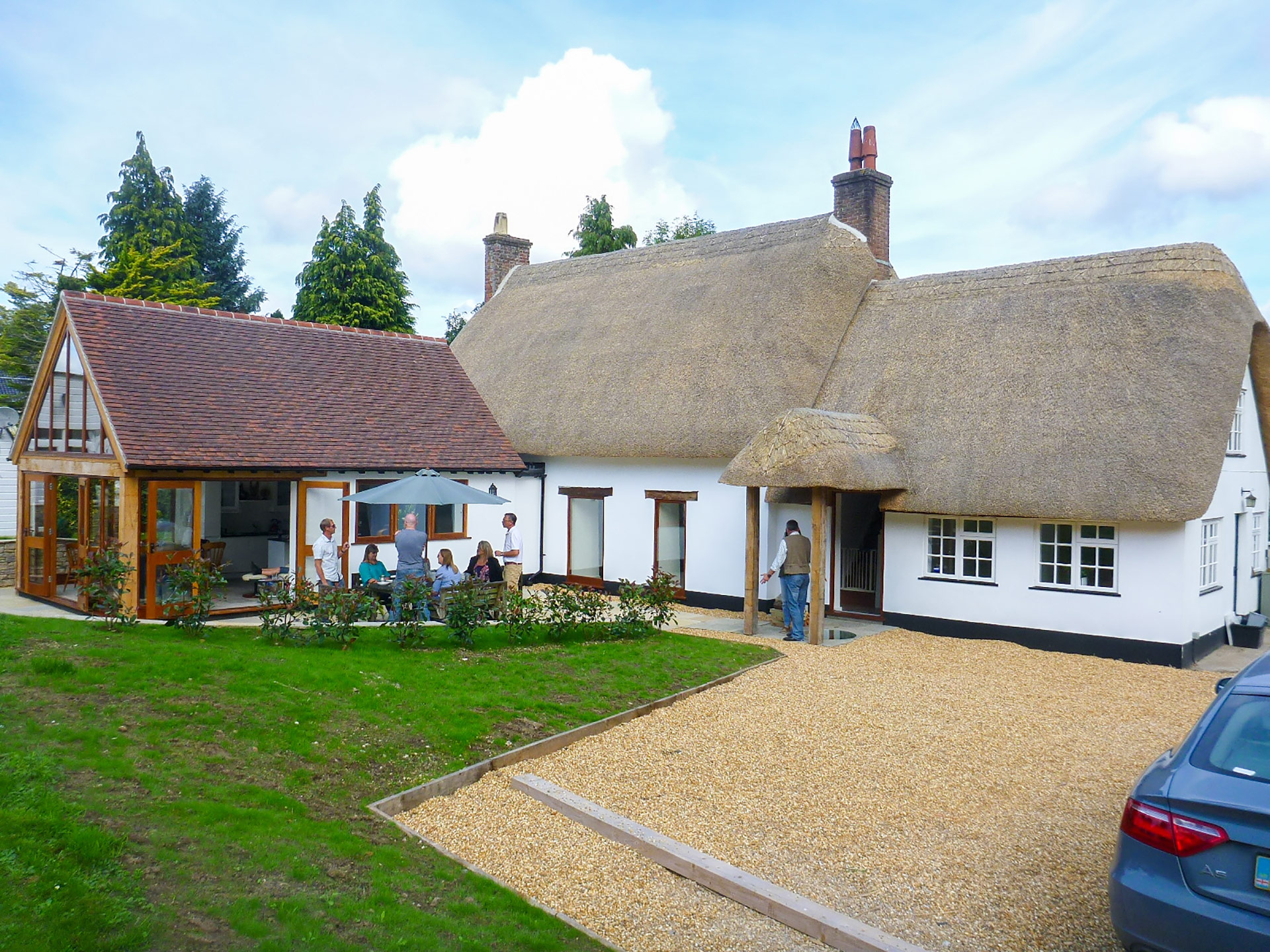
Find out more…
Read our other articles on Listed buildings by Architect & Director Phil Easton for further advice.
Published 28 June 2023

